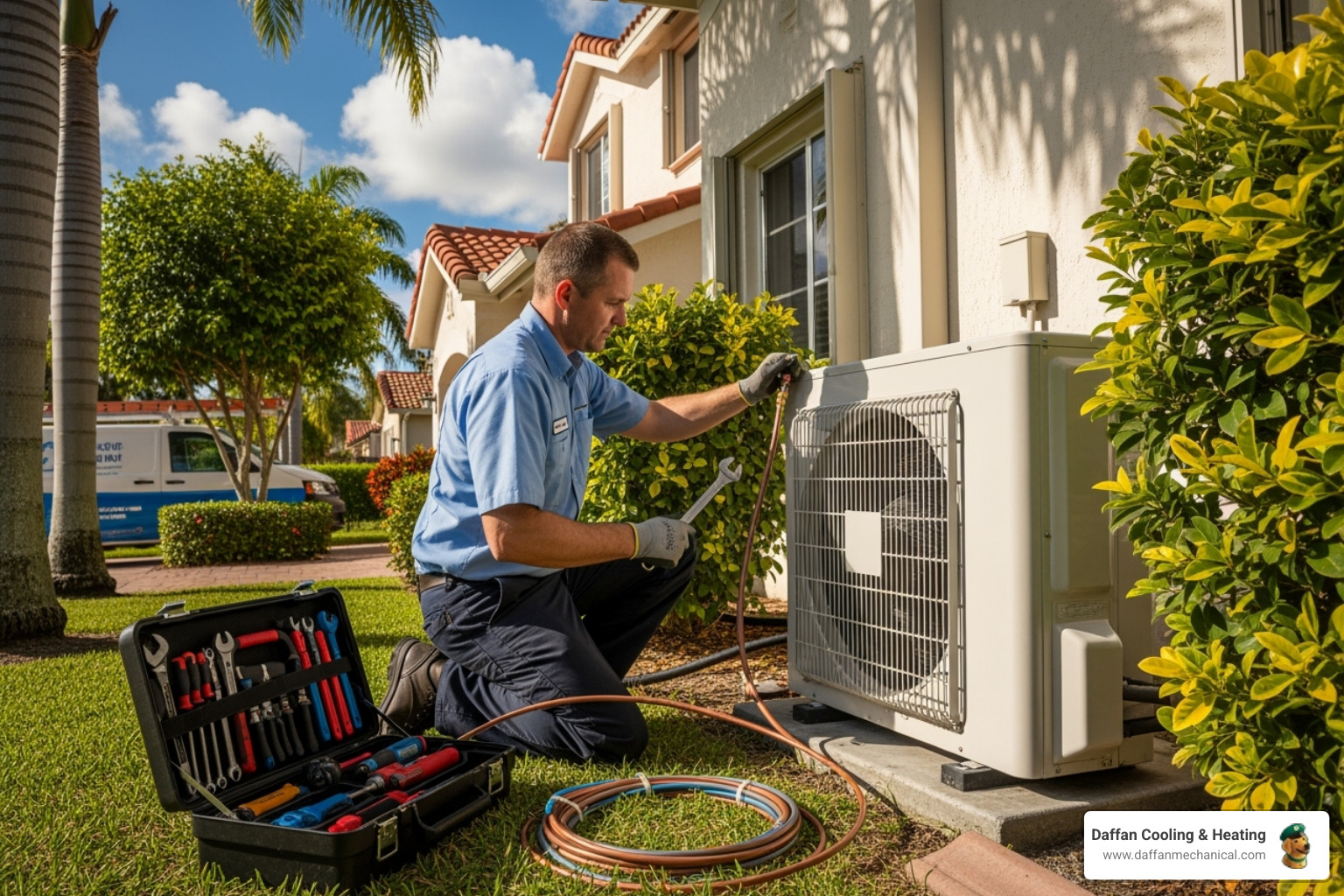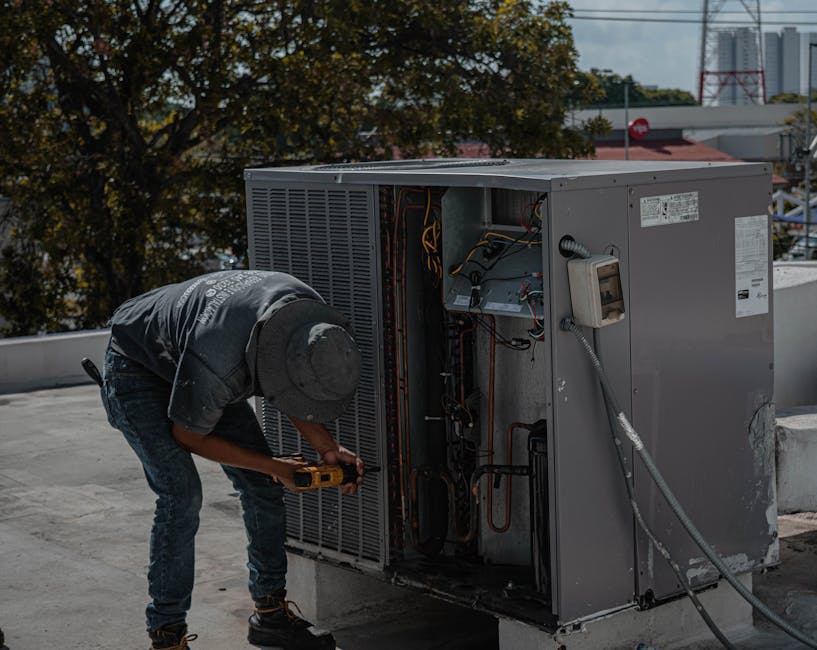Smart Wood-Burning Tips For Healthy Indoor Air Quality
Brrr … it’s cold outside, so many of us look forward to warming up next to a crackling fire in the fireplace or wood stove.
But we often forget that if our hearths or stoves aren’t set up right—or if they use the wrong type of fuels—our indoor air quality will suffer.
According to the EPA, residential wood-burning stoves, fireplaces, and hydronic heaters each year pump into the air some 390,000 tons of fine particulate matter, the kind of stuff that can cause breathing problems and other issues. Of course, most of that is expelled outside the home, but some can cause air quality problems indoors, especially if the stove or fireplace is poorly built or not operating correctly.
The EPA says residential wood-burning particulate matter accounts for: “44% of total stationary and mobile polycyclic organic matter emissions, 25% of all area source air toxic cancer risks, and 15% of noncancer respiratory effects.”
Accordingly, the agency has some new rules in the works governing the manufacturing and installation of new hearths and stoves, with an eye on making them more efficient and clean burning. The final rule is expected to be announced sometime in February 2015.
What can we do, as homeowners, to keep our indoor air clean and healthy during these wood-burning months? Below are some useful tips and an infographic from the EPA’s Burn Wise program that you can share with your family and friends:
- Season All firewood: All firewood should be split, securely covered or stored, and aged for at least six months. Seasoned wood burns hotter, cuts fuel consumption, and reduces the amount of smoke your appliance produces.
- Choose The Right Firewood: Hardwoods are the best. Never burn trash or treated wood which can emit toxic air pollutants.
- Start It Right: Use only clean newspaper or dry kindling to start a fire. Never use gasoline, kerosene, charcoal starter, or a propane torch.
- Don’t Let The Fire Smolder. Many people think they should let a fire smolder overnight. But reducing the air supply does little for heating and increases air pollution.
- Clean Ashes From Your Wood-Burning Appliance: Excess ashes can clog the air intake vents reducing efficiency. Be sure to dispose of ashes in a metal container away from the house or any flammable material to reduce the risk of fire.
- Keep Your Chimney Clean: A clean chimney provides a good draft for your wood-burning appliance and reduces the risk of a chimney fire. Have a certified professional inspect your chimney once a year.




